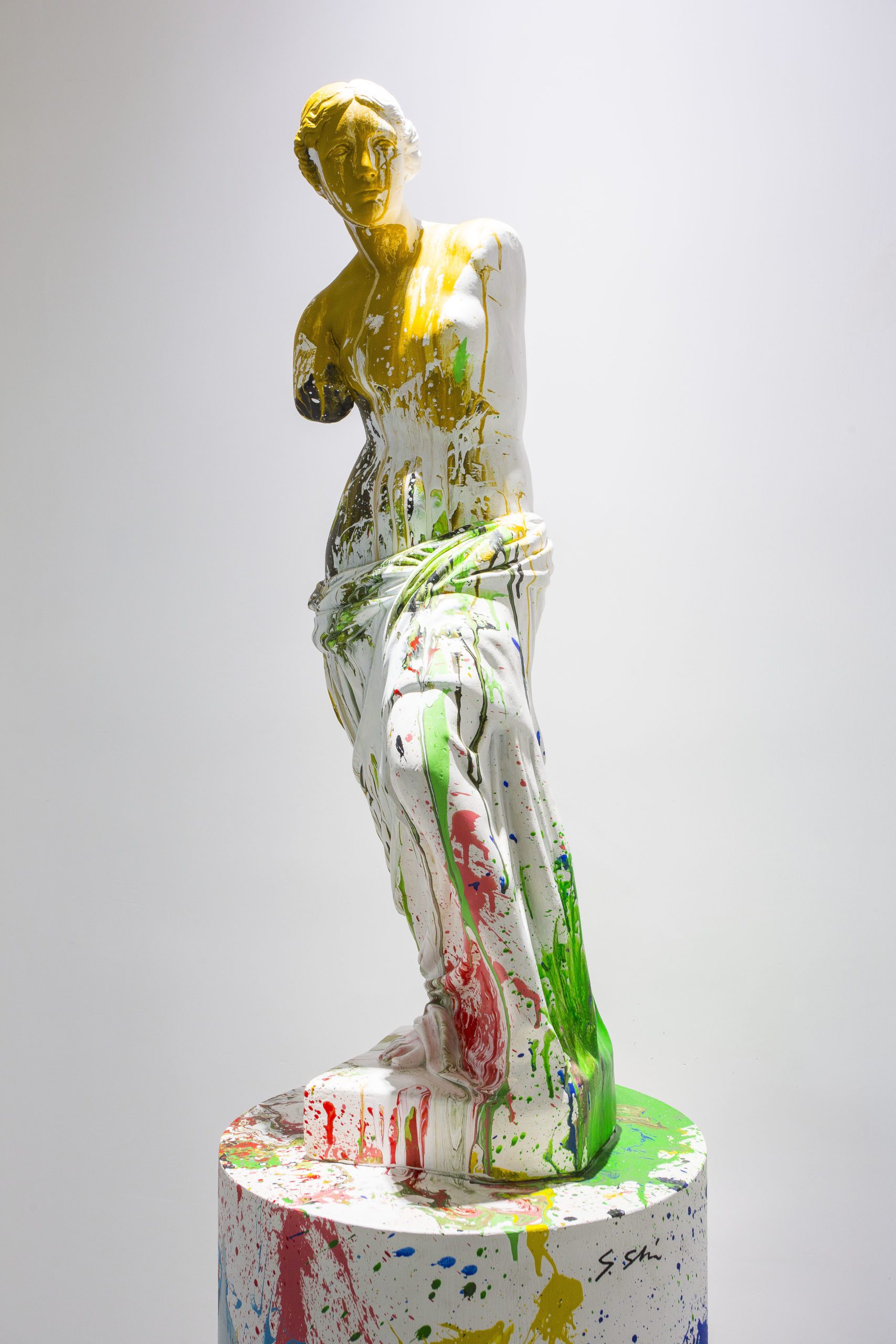"
What is endoscopic transesophageal echocardiography? Echocardiography is a method by which the heart and blood flow are studied through the valves by means of ultrasound. Unlike radiation used in radiology, ultrasound is harmless, so no precaution is necessary and examination can be performed on any patient countless times (even in pregnant women). What is transesophageal echocardiography for? Transesophageal echocardiography is a second-level examination, generally indicated in the case where the transthoracic echocardiogram is deemed insufficient or uninterpretable in relation to the clinical question; in some cases it can be directly prescribed as a test of choice: the presence of conditions that are difficult to diagnose, such as rare congenital malformations, thoracic aorta diseases or complex heart valve defects. Preparation To perform the transesophageal echocardiogram you need to be fasting from midnight before the day of the exam. The medicines can be taken by trying to drink only the smallest amount enough to swallow the drugs. In case of diabetes it is important to consult with your doctor to define the appropriate dose of insulin that will obviously have to be reduced for fasting. Who can perform transesophageal echocardiography endoscopically? There are no particular contraindications to echocardiography: anyone can undergo the examination. How does endoscopic transesophageal echocardiography work? The patient should remove any glasses and prosthesis, lie on the side and position himself with a slightly flexed torso and neck pours the legs. He then has to swallow a probe similar to the one used for gastroscopy, inserted through a mouthpiece placed between his teeth. The total duration of the exam is about 10-15 minutes. Is endoscopic transesophageal echocardiography painful or dangerous? Transesophageal echocardiography is neither painful nor dangerous, but the passage of the probe through the mouth could generate some discomfort. For this reason, for better tolerance to manoeuvre, the doctor or nursing staff perform a local anesthesia (spraying a spray in the throat), to which they can associate, in the most sensitive patients, a mild intravenous sedation. In this case, the state of vigilance may be reduced, after the examination it will not be possible to drive or carry out activities that require special attention for at least 5-6 hours.

